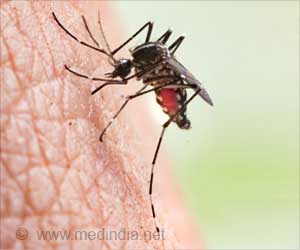The South American tree frogs’ population is declining and biologists blame global warming for the recede in these Costa Rican frog species
The South American tree frogs’ population is declining and biologists blame global warming for the recede in these Costa Rican frog species!
These frogs prefer to live on leaves and branches high above the ground, when they are in their natural habitat.They also enjoy basking in the hot sun, which is unusual because frogs normally avoid prolonged exposure to high levels of light due to the risk of overheating and dehydration.
Now being studied at the University of Manchester, the decline of the tree frogs is largely being attributed by researchers to global warming.
According to the research team, global warming is leading to more cloud cover in the frogs' natural habitat. This, in turn, is denying them the opportunity to 'sunbathe' and kill off fatal Chytrid fungal infections, leading to many species dying out.
To prove the new theory, researchers have used a technique called Optical Coherence Tomography (OCT) to investigate the properties of the tree frogs' skin.
In their work so far, the team has observed that the skin of basking tree frogs sometimes undergoes a visible change and becomes almost metallic in texture. When this happens, the level of absorption and reflection and the skin temperature also changes.
Advertisement
As part of their studies, they want to use OCT to compare structural changes in the skin of tree frogs with the structural changes in the skin of frogs that do not have the same high levels of infrared reflectance.
Advertisement
The team plan to travel out to Costa Rica next year and to apply spectral reflectance techniques to tree frogs living in their natural habitat.
"With a third of the world's amphibians currently under threat it's vitally important we do our utmost to investigate the reasons why they are dying out at such an alarming rate," said Andrew Gray, curator of herpetology at the Manchester museum.
Source-ANI
KAR/P






